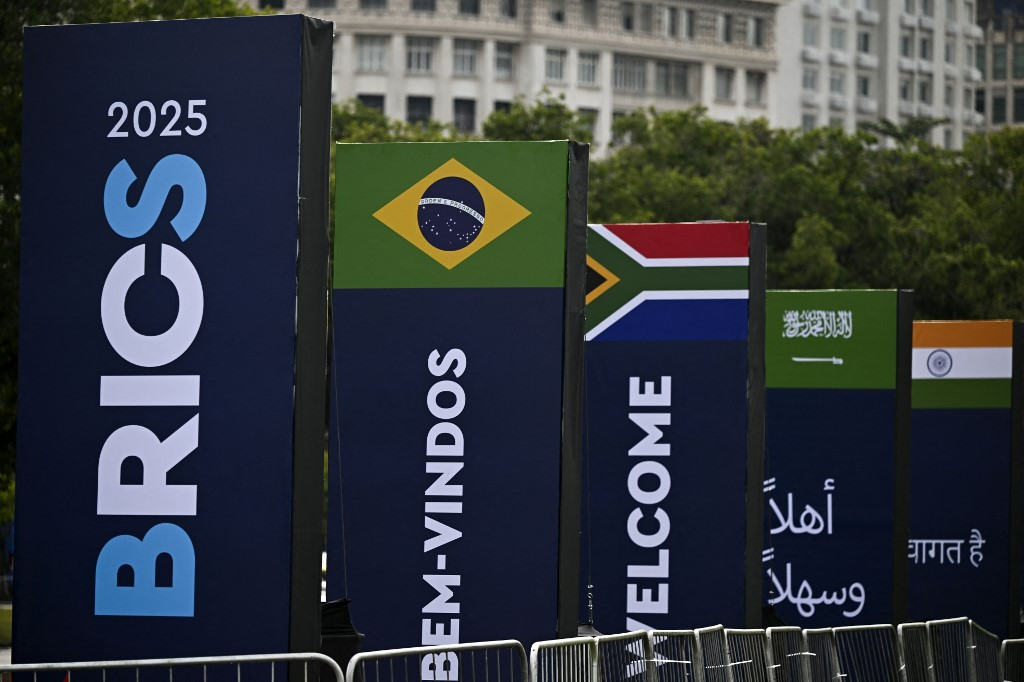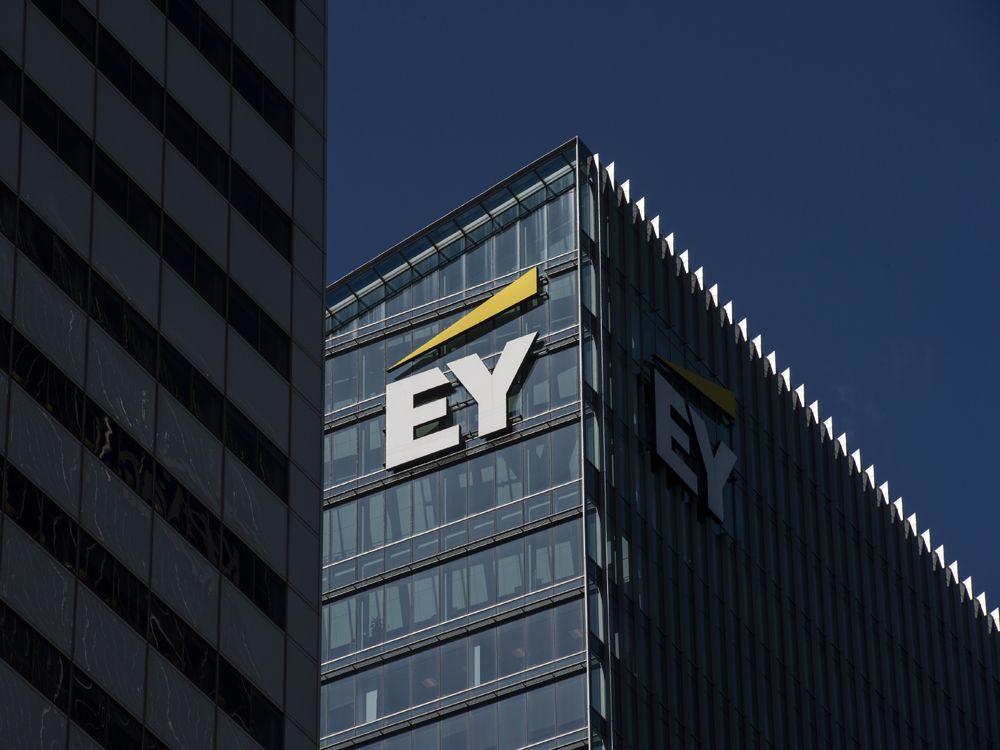Can Stablecoins Unlock DeFi's Potential Without Sacrificing Decentralisation?

The rise of Decentralised Finance (DeFi) has been nothing short of revolutionary, and at its heart lies a critical component: stablecoins. Initially, the DeFi landscape was dominated by Ether (ETH) and wrapped Bitcoin (wBTC), serving as the primary currencies for trading and lending. However, the narrative has dramatically shifted. Today, stablecoins, particularly USDC and USDT, reign supreme, accounting for over 70% of trading pairs and lending pool deposits across Decentralised Exchanges (DEXs).
But this dominance begs a crucial question: can stablecoins truly power DeFi without inadvertently centralising it? The very nature of DeFi champions decentralisation – removing intermediaries and empowering individuals. Yet, many of the most widely used stablecoins are issued and controlled by centralised entities, raising concerns about censorship, regulatory risk, and a potential point of failure.
The Stablecoin Evolution: From Early Days to Current Dominance
The early days of DeFi saw ETH and wBTC as the workhorses of the ecosystem. These assets offered a bridge between traditional finance and the blockchain world. However, their inherent volatility proved problematic for many DeFi applications, particularly those requiring stable value for lending, borrowing, and trading.
Enter stablecoins. These cryptocurrencies are designed to maintain a stable value, typically pegged to a fiat currency like the US dollar. This stability unlocked a wave of innovation in DeFi, allowing for more sophisticated financial products and services. USDC and USDT quickly emerged as the dominant players, offering liquidity and stability that were previously unavailable.
The Centralisation Conundrum: Risks and Concerns
While the benefits of stablecoins are undeniable, their centralised nature poses a significant risk. USDC and USDT are issued by companies that hold reserves of fiat currency to back their tokens. This introduces several potential issues:
- Censorship: The issuing company could freeze or blacklist accounts, effectively censoring transactions.
- Regulatory Risk: Regulatory actions against the issuing company could disrupt the stablecoin’s functionality and impact the broader DeFi ecosystem.
- Transparency Concerns: While USDC provides regular attestations of its reserves, USDT has faced criticism regarding the transparency and auditing of its backing.
- Single Point of Failure: The reliance on a single entity creates a single point of failure, making the system vulnerable to operational or security breaches.
The Decentralised Solution: Emerging Alternatives
Fortunately, the DeFi community is actively working on developing more decentralised stablecoin solutions. These alternatives aim to mitigate the risks associated with centralised stablecoins by leveraging blockchain technology and smart contracts:
- Algorithmic Stablecoins: These stablecoins use algorithms to maintain their peg, dynamically adjusting supply based on demand. While promising, they have faced challenges in maintaining stability during periods of market volatility.
- Collateralised Decentralised Stablecoins: These stablecoins are backed by a basket of crypto assets held in a decentralised reserve. Examples include DAI, issued by MakerDAO.
- Overcollateralised Lending Platforms: Platforms like Aave and Compound allow users to mint stablecoins by depositing collateral.
The Future of DeFi: A Balancing Act
The future of DeFi hinges on finding a balance between the stability provided by stablecoins and the decentralisation that defines the ethos of the ecosystem. While centralised stablecoins have played a crucial role in DeFi's growth, the long-term sustainability of the space depends on the adoption of more decentralised alternatives. The ongoing innovation in this area promises a more resilient and censorship-resistant DeFi landscape, unlocking the full potential of this transformative technology. The key is to create stablecoins that are both reliable and truly aligned with the principles of decentralisation.






